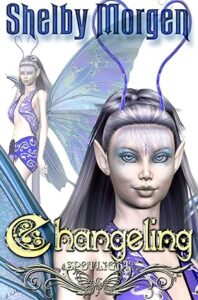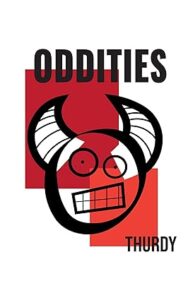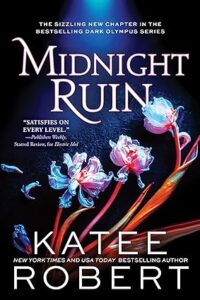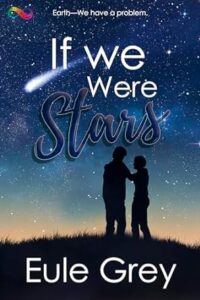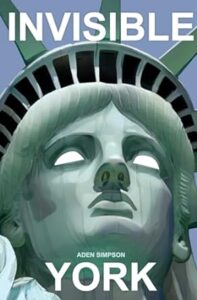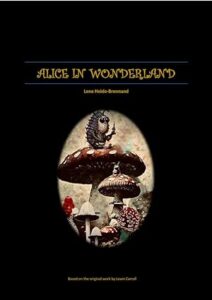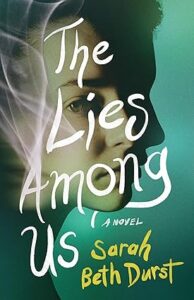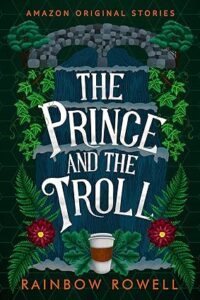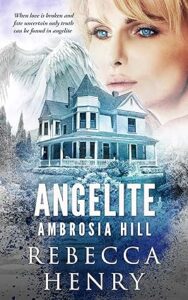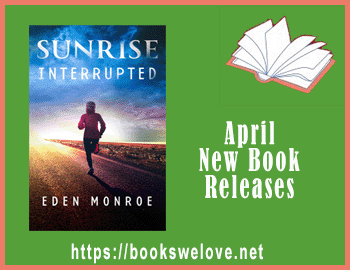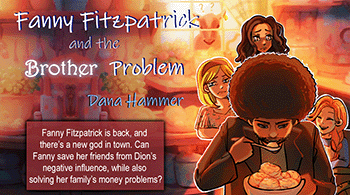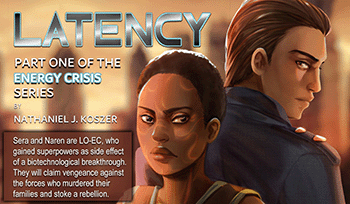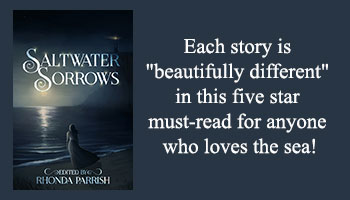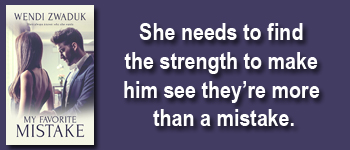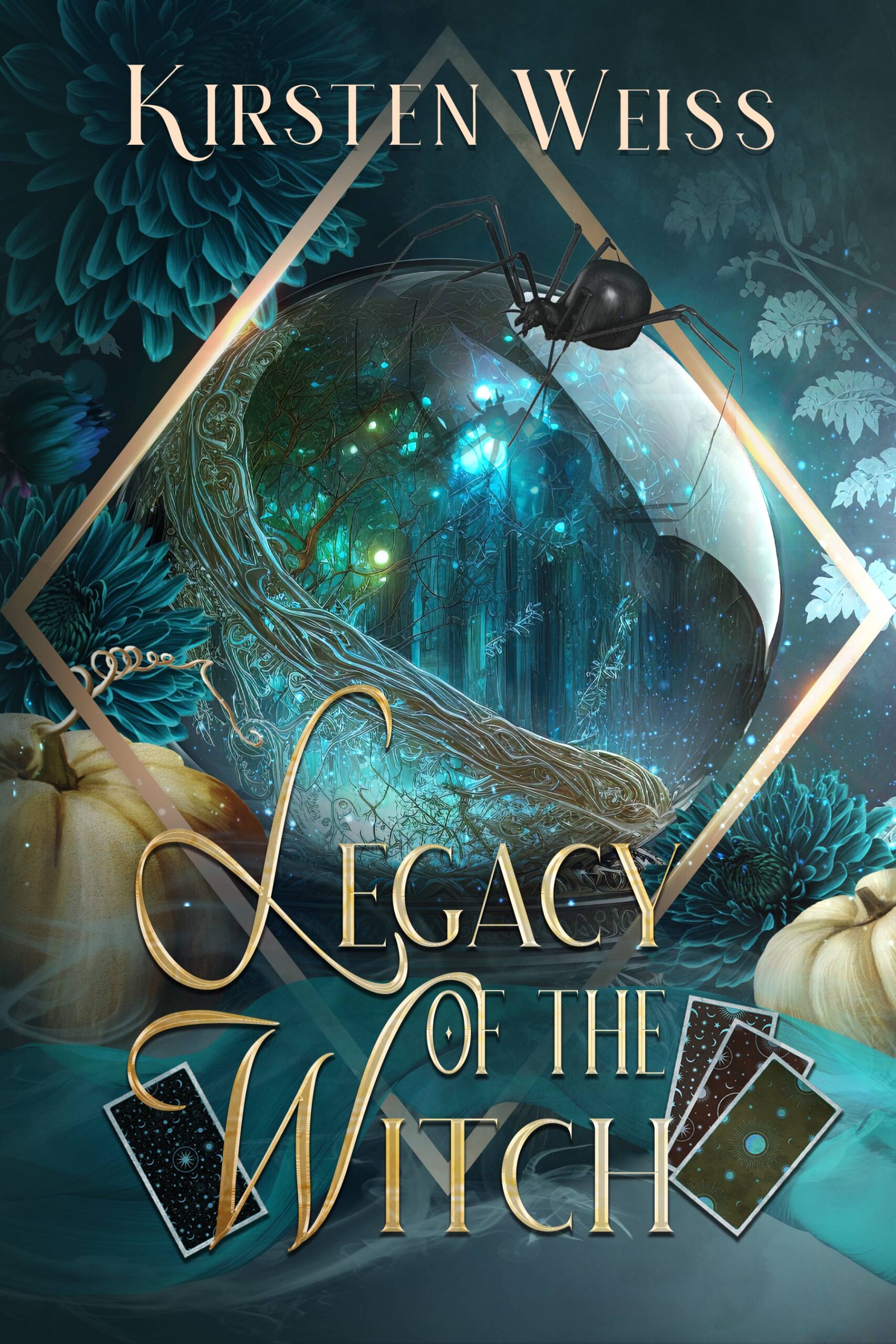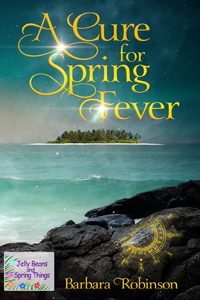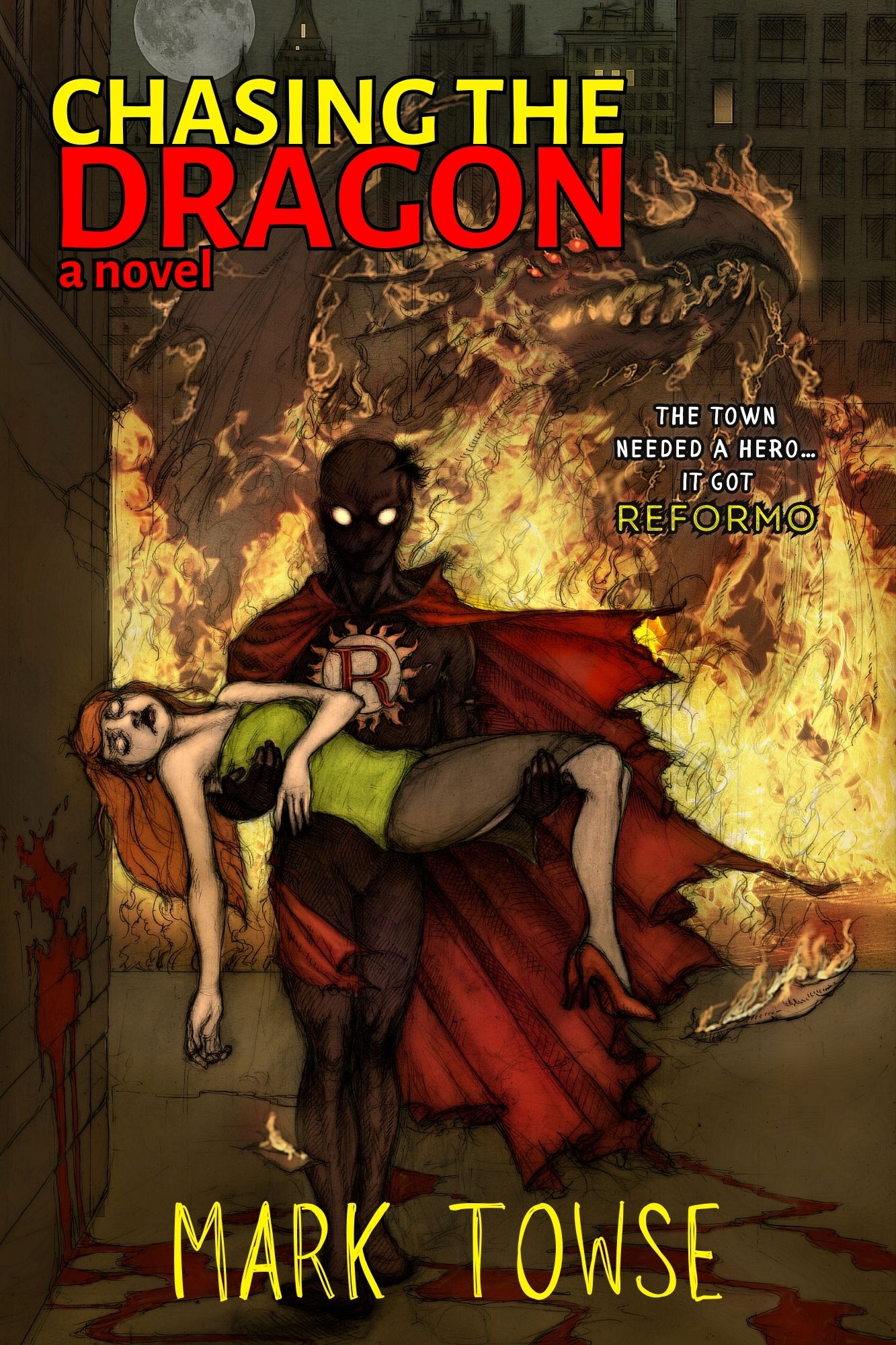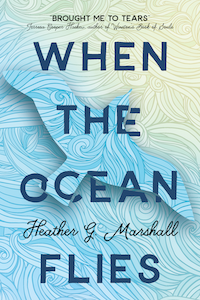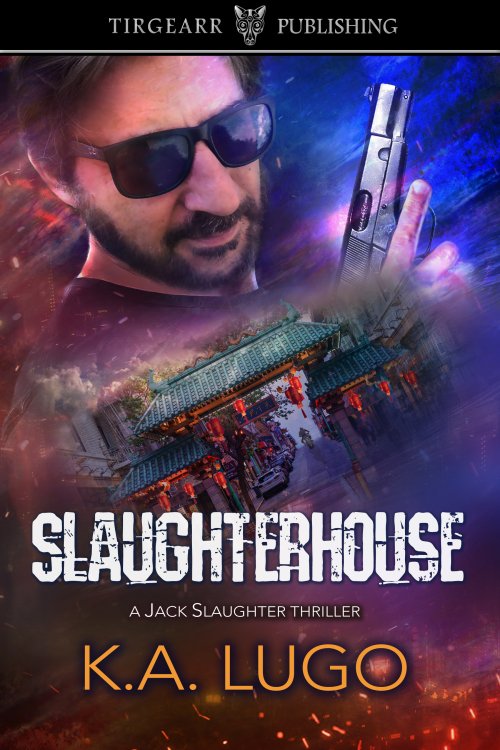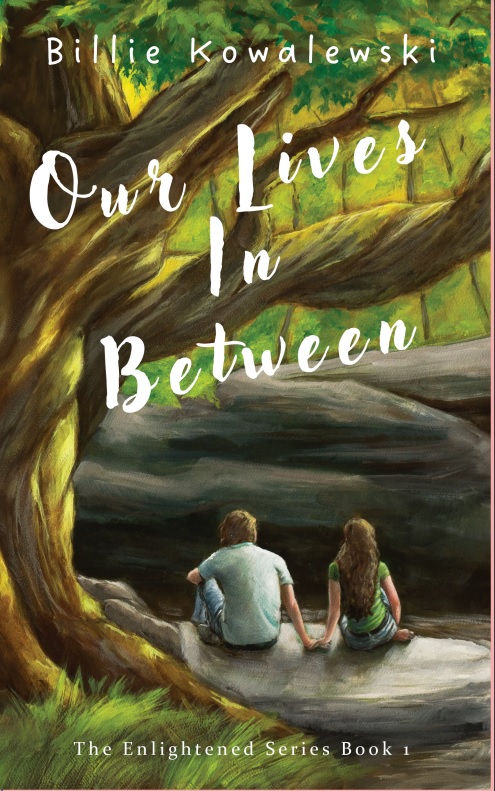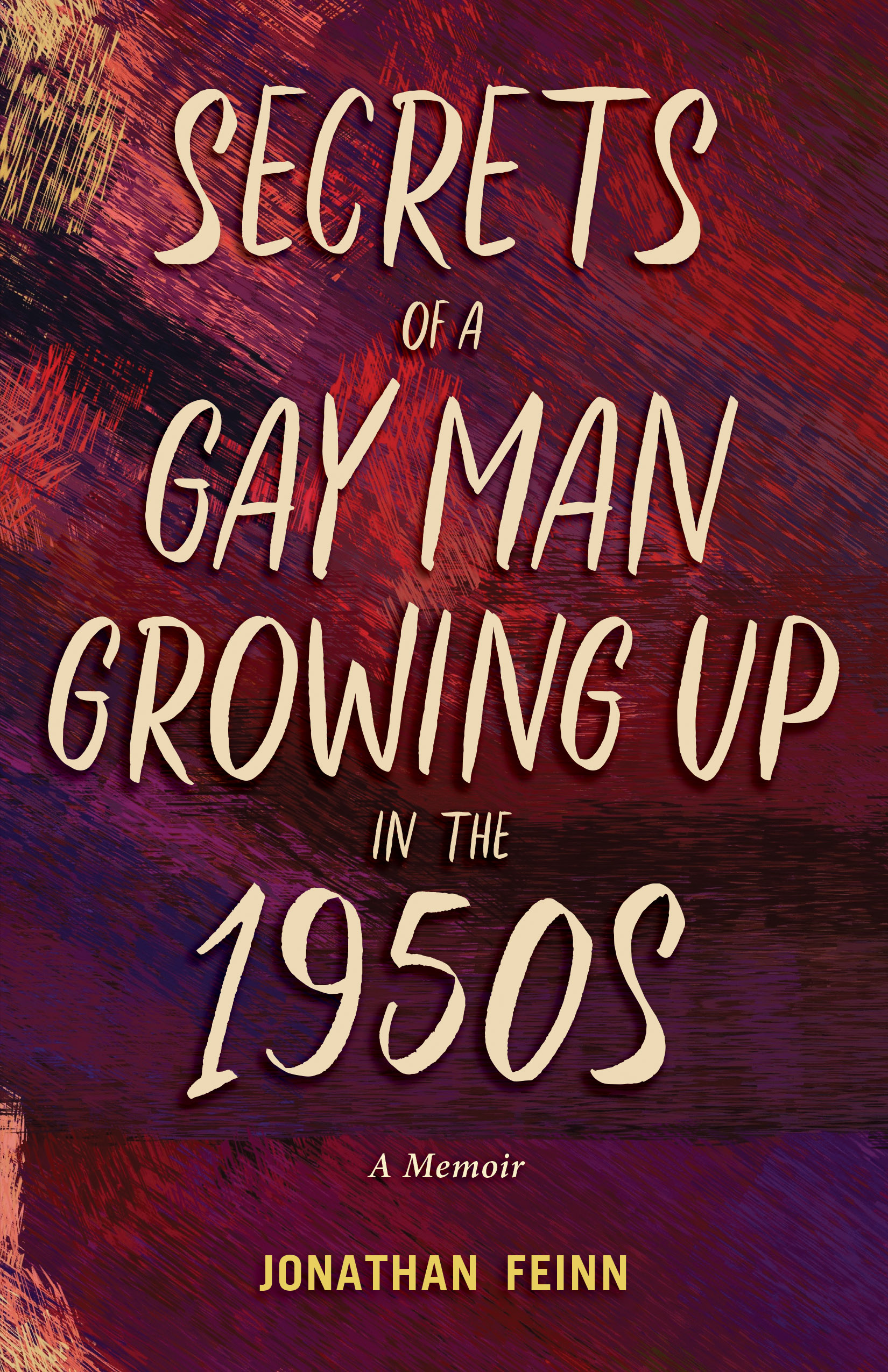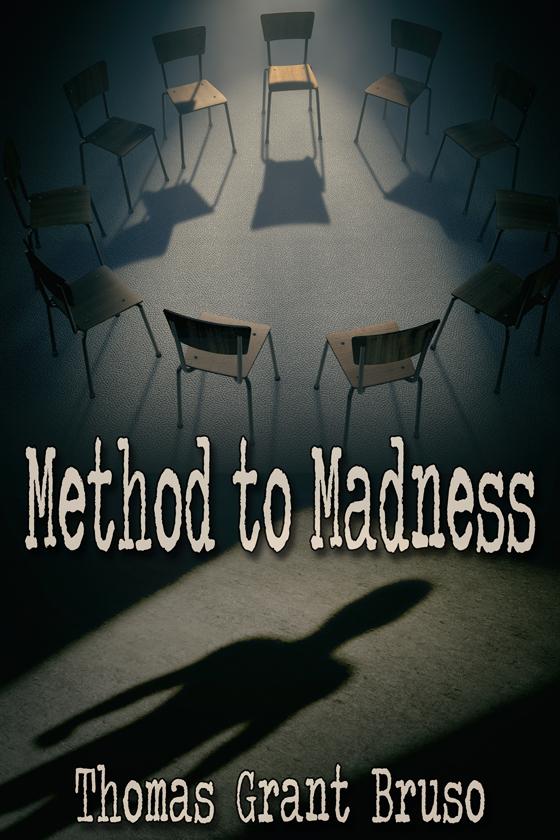Changeling by Shelby Morgen
Publisher: Changeling Press
Genre: Contemporary, Erotic Romance, Holiday, Sci-Fi/Fantasy
Rating: 3 stars
Reviewed by Fern“I don’t believe in Magic.”
Did he actually say those words — out loud — in an Irish pub, on St. Patrick’s Day? Divorced and alone, Michael Matthews doesn’t believe in much of anything anymore. So when he downs several mugs of Irish Stout while listening to the barkeep weave a tale of magic and intrigue centuries old, Mich’s judgment might be slightly impaired.
Mich wakes up bound and naked in a Fairy’s webs. He isn’t really sure he wants to escape the gorgeous little creature… but what’s he to do with a lover who’s only five inches tall?
She’s the Changeling Fairy, and she has a bag of Fairy toys — including magical restraints and Fairy Oil — she’s just itching to try out on her captive. She’s caught Mich for just one purpose — she has every intention of spending St. Patrick’s Day having wild Fairy sex with this hot hunk of an American. Just as soon as he learns to cooperate!
Michael Matthews is a procurement agent for a microbrewery distribution group and usually he knows exactly how to handle his beer. But this is St, Patrick’s Day and he downs more than a few mugs while listening to a very talented barkeeper. Mich then finds himself waking up entangled in more than he bargained for, and Arien is gorgeous enough neither of them are sure they want to undo what might have been started here.
I found this to be a funny and very unique sort of short story. With whip quick dialogue and plenty of quirkiness I definitely feel this is the sort of story you need to enjoy with a hefty drink and a lot of light-heartedness. Disengage your brain, relax back and just enjoy where this talented author takes you.
While there is some plot, I found that I enjoyed the fact the story didn’t really take itself too seriously. While funny, the sex was steamy and very explicit. Readers who don’t enjoy insta-lust stories might find the pace of this aspect to the plot was a little fast – but with such a short page count I don’t really see how any could expect a long, detailed, slow drop into the romance.
Steamy, funny and fast-paced, I found this to be an enjoyable and quick read. Best enjoyed with a drink and a light sense of humour, I feel plenty of readers should find this equally addictive.
